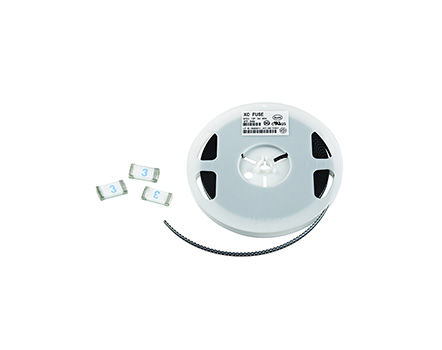
A netizen left a message asking: How do you understand the difference between maintaining current and triggering current of a fuse?
Fuses all have a holding current and a triggering current. Below, the editor will analyze the difference between the holding current and triggering current of fuses.
The holding current (IH) is the highest current that can pass through the circuit without triggering a resistor in still air (ranging from 20 ℃ to 25 ℃ depending on the temperature of the product), which is the highest operating current at room temperature.
The triggering current (It) is the minimum current at which the Lite fuse operates in still air (which can range from 20 ℃ to 25 ℃ depending on the temperature of the product), i.e. the minimum fault current at room temperature.
For most fuse products, the ratio of It to IH is 2:1, which may be as low as 1.7:1 for some products and as high as 3:1 for others. The difference in materials and production methods, as well as the change in resistance after action, will determine this ratio.
When selecting fuses, circuit engineers need to understand that the circuit maintains two values: current and trigger current, in order to select suitable protective components for the circuit.
Read recommendations: